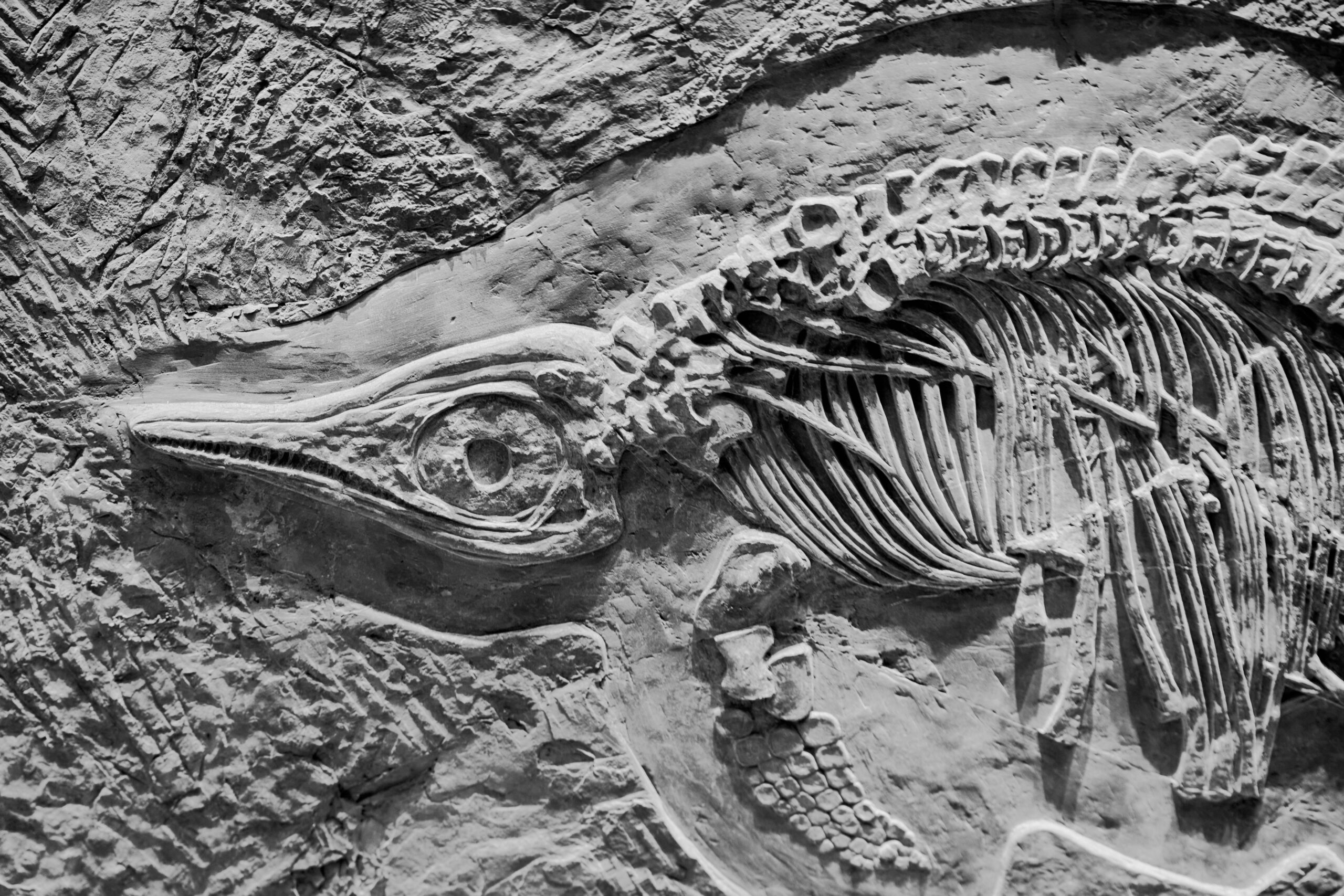Researchers have identified a newly discovered extinct marine predator that lived more than 500 million years ago. The fossil, named Mosura fentoni and informally called the “sea moth,” was found in the Burgess Shale formation in the Canadian Rockies.
The creature was approximately the size of a human index finger and featured several distinctive traits: three eyes on its head, a circular tooth-lined mouth, and claw-like appendages extending from the front of its body. It also had flaps along each side, likely used for swimming in a way similar to modern-day rays.
Mosura fentoni is part of the extinct radiodont group, distant relatives of modern arthropods. Unlike previously studied radiodonts, this specimen shows a more complex body plan, with a segmented rear region composed of 16 gill-bearing sections. This suggests greater evolutionary flexibility in body specialization within the group than previously understood.
The fossil is exceptionally well-preserved, allowing scientists to observe details of its open circulatory system, including a heart that pumped blood into internal cavities.
This finding contributes to a broader understanding of biological diversity and complexity during the Cambrian period. It also provides evidence that evolutionary development within some animal groups was more rapid and varied even before the full onset of the Cambrian explosion.



